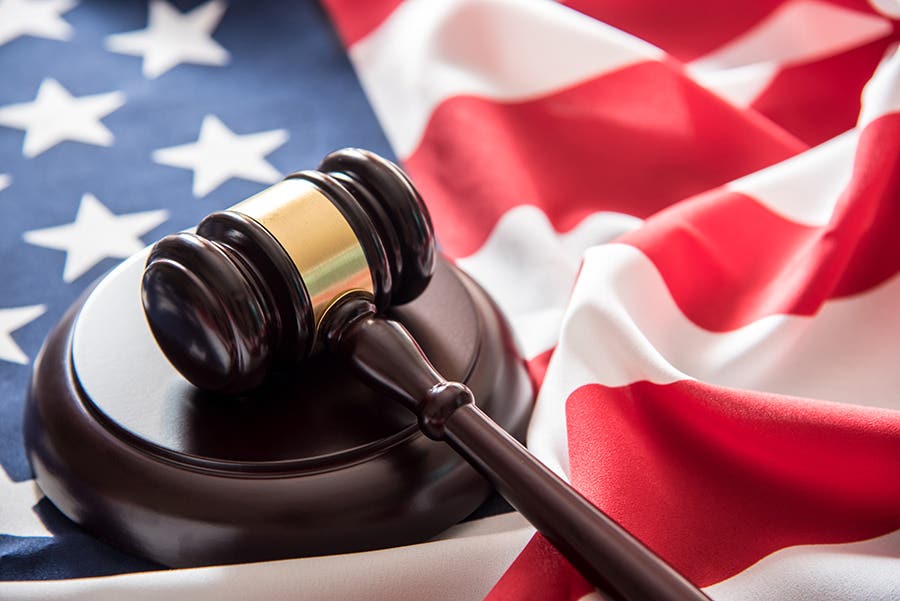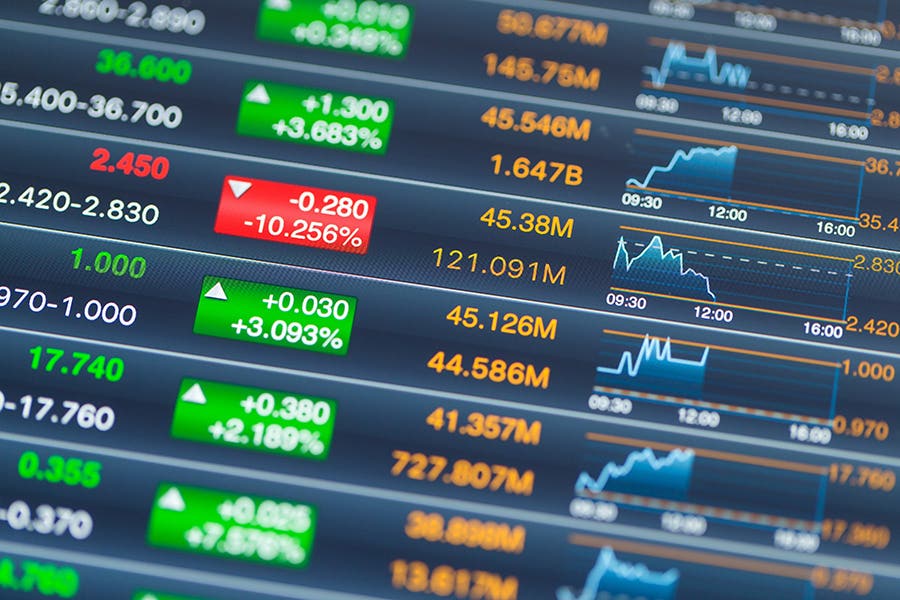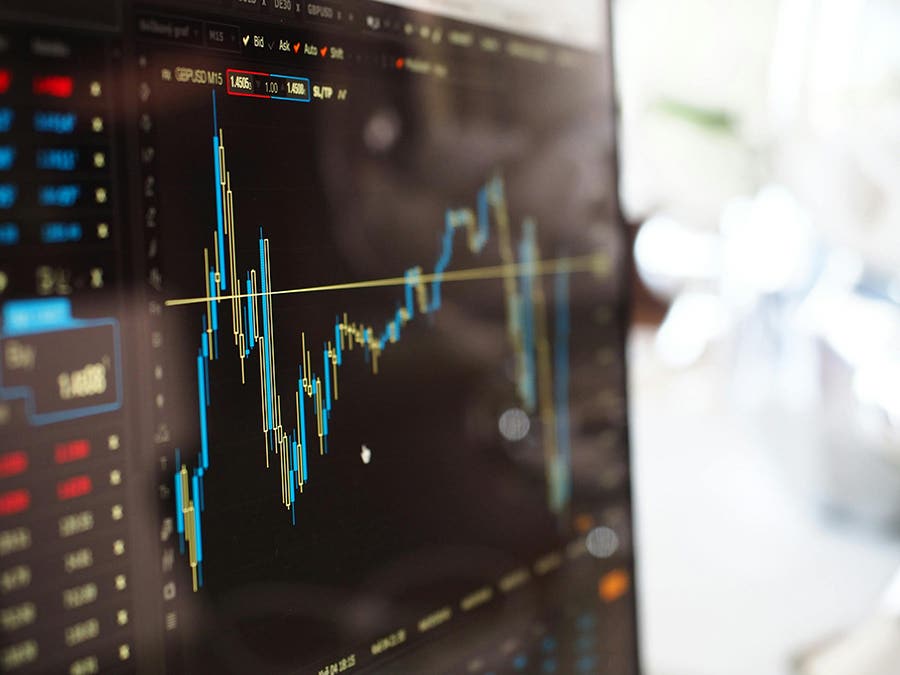Numismatic Future Looks Bright – But Not Guaranteed
Whenever there is a major change in a nation’s coins or currency, there tends to be a significant increase in the number of numismatists. I entered the hobby in 1964…
Whenever there is a major change in a nation’s coins or currency, there tends to be a significant increase in the number of numismatists. I entered the hobby in 1964 along with millions of others, sparked by the debut of the Kennedy half dollar.
There are many new coins coming out this decade, starting with the 2021 Morgan and Peace dollars. Next year is the beginning of a series of prominent American women on quarters. In 2026, all circulating coinage will get new designs for the 250th anniversary of American Independence. Some later coins will feature sports. Consequently, there is a lot of reason to be optimistic that the numismatic hobby may again surge.
Already, we have seen some of the recent surge in collector demand. I suspect some of this has come from existing collectors looking to buy at today’s prices, which may well be lower than might happen within a couple years.
Just remember, though, the future is not guaranteed.
Also, don’t forget what happened in 1989. That year, Wall Street brokerage firm Kidder Peabody sponsored a limited partnership named the American Rare Coin Fund. It amassed $40 million of investor money to acquire rare coins. An Iranian businessman named Iraj Sayah acquired millions of dollars of American rare coins, especially the 1903-1926 gold commemoratives. Excitement mounted with rumors of other Wall Street brokerages looking to also establish competing rare coin investment funds.
Dealers and collectors jumped to purchase rare coins and currency before expected further price increases. The numismatic market became overheated. Generally, the market peaked about the time of the Long Beach show at the beginning of June 1989, though there were still some subsequent market strength in selected niches beyond then.
The market stagnated when anticipated new Wall Street money didn’t materialize. Another planned rare coin investment fund only received investor subscriptions for about 20 percent of intended participation. When the major buyers stopped offering ever higher prices on almost a weekly basis, other dealers and collectors likewise cut back on chasing rare coins and currency.
After the 1989 peak, many high-grade U.S. coins fell sharply in price. Today, you can purchase a number of pieces at prices that are 80-90 percent lower than they were 32 years ago. Of course, there are also many coins and almost all U.S. currency trading now at higher prices than they did in 1989.
So, while the numismatic future looks bright right now, it is not a sure thing. Remember that the future is uncertain, which means there is some degree of risk. Dealers and collectors still need to be careful with their numismatic purchases.
Patrick A. Heller was honored as a 2019 FUN Numismatic Ambassador. He is also the recipient of the American Numismatic Association 2018 Glenn Smedley Memorial Service Award, 2017 Exemplary Service Award, 2012 Harry Forman National Dealer of the Year Award and 2008 Presidential Award. Over the years, he has also been honored by the Numismatic Literary Guild (including in 2021 for Best Investment Newsletter), Professional Numismatists Guild, Industry Council for Tangible Assets and the Michigan State Numismatic Society. He is the communications officer of Liberty Coin Service in Lansing, Mich., and writes Liberty’s Outlook, a monthly newsletter on rare coins and precious metals subjects. Past newsletter issues can be viewed at www.libertycoinservice.com. Some of his radio commentaries titled “Things You ‘Know’ That Just Aren’t So, And Important News You Need To Know” can be heard at 8:45 a.m. Wednesday and Friday mornings on 1320-AM WILS in Lansing (which streams live and becomes part of the audio archives posted at www.1320wils.com).








